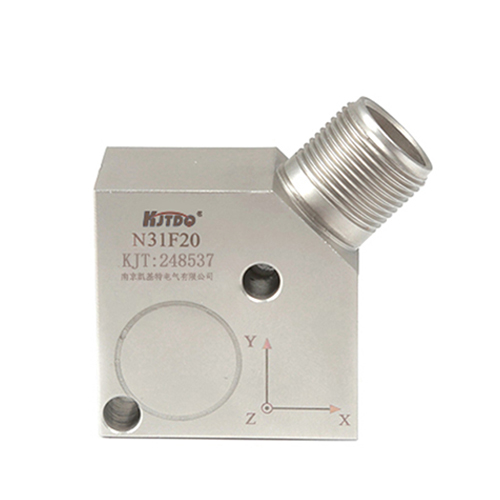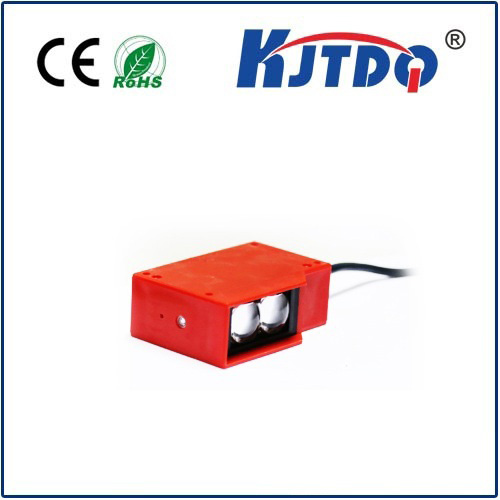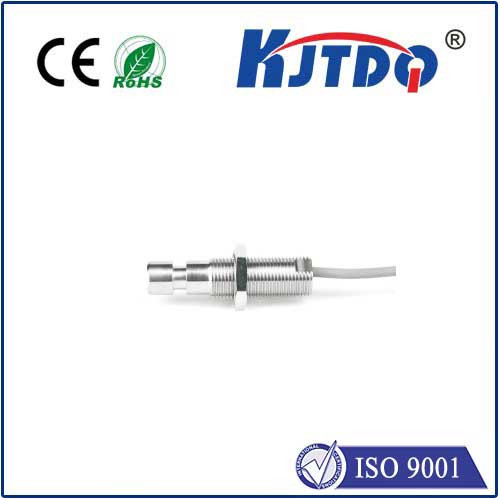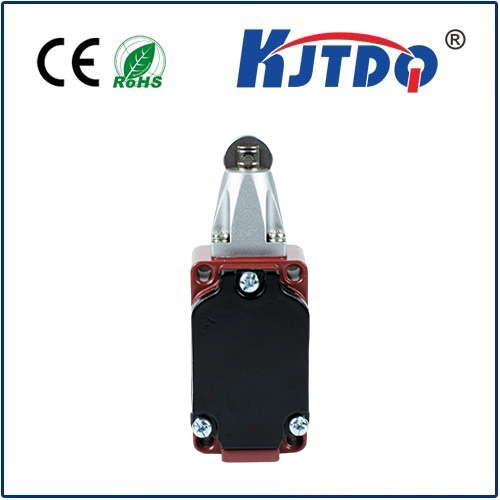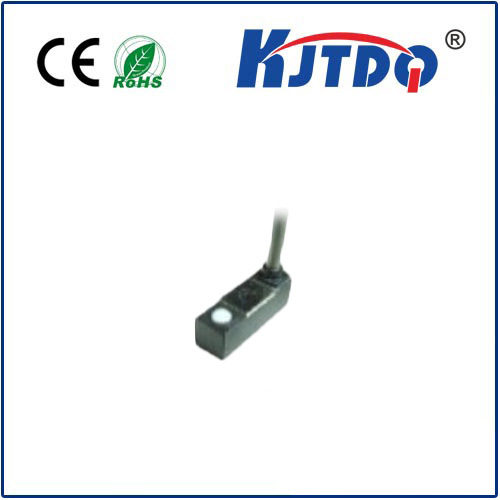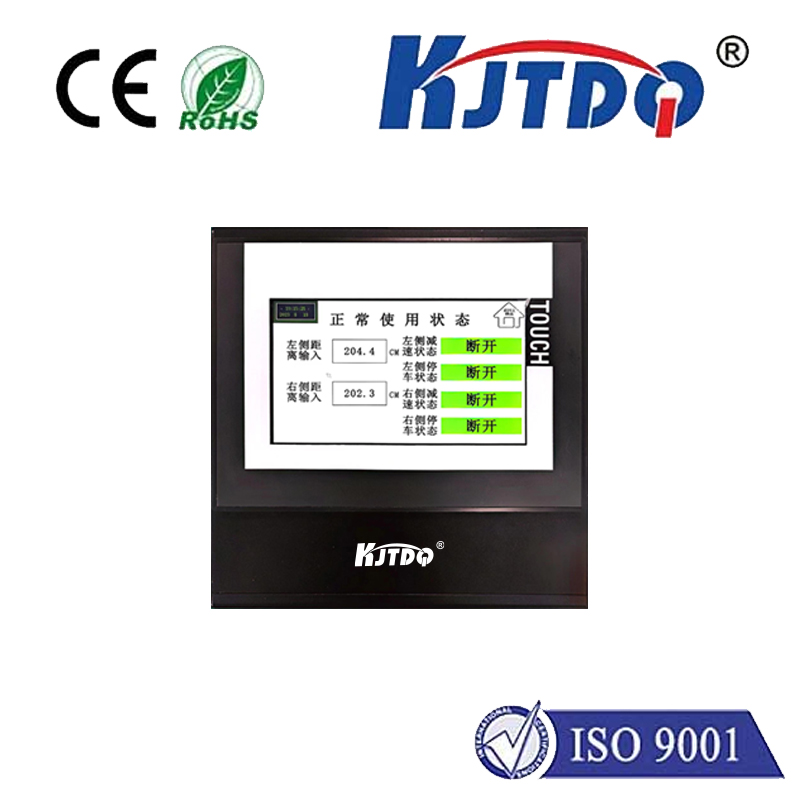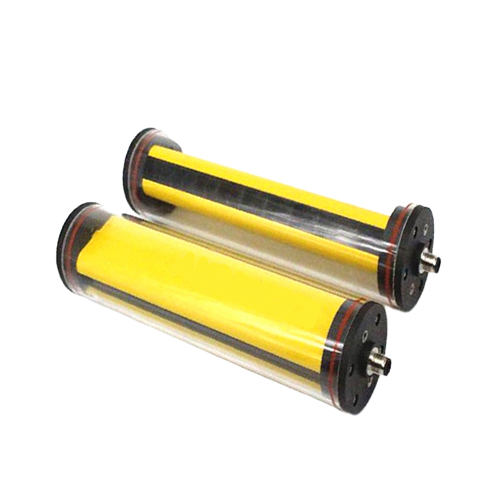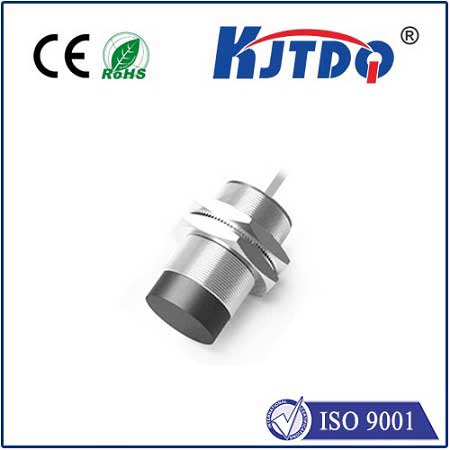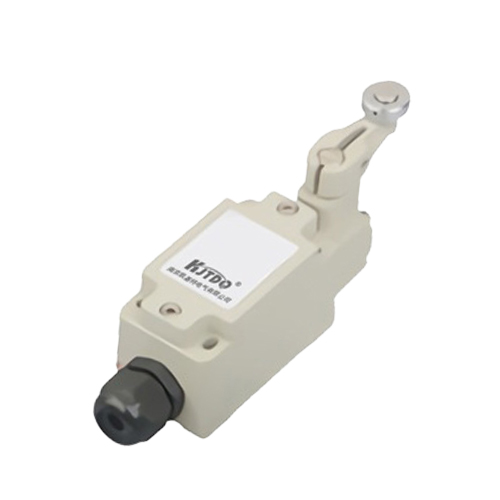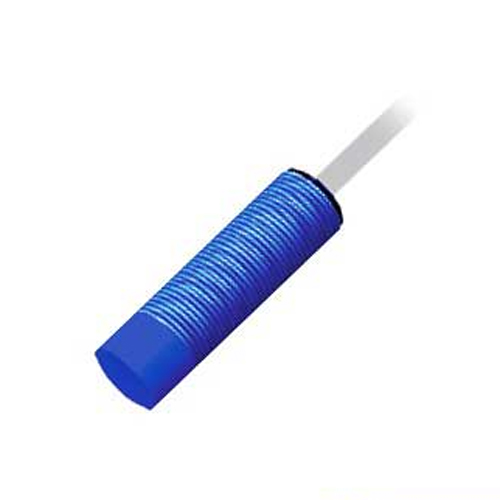E3FB-VN21 background suppression photoelectric sensor
- time:2025-10-09 11:19:42
- Нажмите:0
Unlock Detection Confidence: How the E3FB-VN21 Background Suppression Sensor Solves Tricky Material Handling Challenges
Imagine a conveyor belt in a bustling factory. Boxes of various colors, shapes, and reflectivity whizz by. Your task: reliably detect only the brown cardboard boxes arriving at Station A, ignoring the shiny metal conveyor beneath them, the dark plastic totes on a parallel line nearby, and the reflective safety stripes on the wall behind. Standard photoelectric sensors stumble here, confused by the visual noise. This is the precise challenge where the E3FB-VN21 Background Suppression Photoelectric Sensor excels, becoming an indispensable tool for precision automation.
Understanding the Power of Background Suppression (BGS)
Traditional diffuse reflective photoelectric sensors measure the intensity of light bounced back from a target. While effective in simple scenarios, they become unreliable when:
- The target and background have similar reflectivity: A black target on a dark conveyor might disappear.
- A highly reflective background exists: A shiny belt or metal surface behind the target can reflect too much light, mimicking a detected object.
- The target’s distance varies slightly: Leading to inconsistent detection points.
This is where background suppression fundamentally changes the game. Unlike simple diffuse sensors, BGS sensors incorporate a principle called triangulation. The sensor’s emitter sends out a beam of light. The receiver, however, isn’t just a single point; it uses a special lens or receiver array to determine the angle at which the reflected light returns.

- Light reflected from an object very close to the sensor strikes the receiver lens at a steep angle.
- Light reflected from a distant background object strikes the receiver lens at a shallower angle.
By precisely analyzing this angle of reflection, the E3FB-VN21 can make a critical distinction: is the reflection coming from the intended target distance range, or is it coming from further away? It effectively “suppresses” signals originating beyond its pre-set sensing range boundary, hence the name fixed-field background suppression.
The E3FB-VN21: Engineered for Robust Precision
Omron’s E3FB-VN21 isn’t just any BGS sensor; it’s designed for demanding industrial environments where reliability is paramount. Its compact, rectangular M12 housing offers excellent mounting flexibility, especially in tight spaces where traditional sensors might not fit.
Here’s what makes the E3FB-VN21 particularly noteworthy:
- Fixed-Field Background Suppression: This is core to its identity. The sensor has a specific, pre-defined sensing range optimized by the factory. It reliably detects objects within this fixed “field” while suppressing signals from anything beyond it. This provides exceptional stability and resistance to background interference compared to adjustable BGS types.
- Optimized Sensing Range: While the field is fixed, the range itself is carefully chosen to solve common industrial problems. It excels at close-range detection tasks where distinguishing the target from the immediate background (like a conveyor belt or machine part) is critical. Its typical range is well-suited for detecting small parts, verifying object presence in grippers, or ensuring correct positioning.
- Enhanced Visibility & Diagnostics: Featuring dual operation indicators (Orange/Green), the E3FB-VN21 provides instant visual confirmation of both power status and output state. This is invaluable for quick troubleshooting during setup and maintenance.
- Robust IO-Link Communication (VN21 Variant): The “VN21” suffix specifically denotes that this model includes IO-Link V1.1 capability. This transforms the sensor from a simple switching device into a sophisticated data node:
- Remote Parameter Setting: Change settings (like sensitivity fine-tuning) remotely via the PLC, eliminating manual adjustments on the sensor.
- Advanced Diagnostics: Receive detailed operational data (temperature, operating hours, signal strength) enabling predictive maintenance and reducing unplanned downtime.
- Process Value Monitoring: Access actual distance measurement values, providing deeper insights into application performance.
- Simpler Wiring: Standard M12 connectors and reduced cabling complexity thanks to IO-Link’s point-to-point communication.
- Industrial Toughness: Built to withstand factory life, it offers a solid МП67 rating (dustproof and protected against temporary immersion), ensuring reliable operation even in challenging conditions like washdown areas or dusty workshops. Its operating temperature range supports most industrial settings.
Where the E3FB-VN21 Truly Shines: Real-World Applications
The unique capabilities of fixed-field background suppression make the E3FB-VN21 invaluable in numerous scenarios:
- Detecting Objects on Conveyor Belts: This is its prime domain. It reliably detects cardboard boxes, plastic trays, or bottles on a moving belt (even dark ones on dark belts, or clear ones) while completely ignoring the belt surface itself, regardless of color or reflectivity (matte black, shiny stainless, bright yellow), or objects passing on adjacent lines. This solves the core problem introduced at the start.
- Verifying Part Presence in Grippers/Fixtures: Ensuring a robot has successfully picked up a part before moving, or that a part is correctly seated in a nest before processing. It detects the part reliably, ignoring the metal fingers or fixture background.
- Small Part Detection & Counting: Accurately detecting tiny components, electronic chips, or small assemblies on moving carriers or feeders. The fixed field ensures consistent detection points.
- Checking for Overlap or Stack Height: Detecting if two sheets of material (metal, plastic, paper) are present instead of one, or verifying a stack hasn’t exceeded a maximum height.
- Position Verification: Confirming that a pallet, trolley, or machine component has reached the correct position before initiating the next operation, ignoring structures behind the target position.
- Ignoring Background Machinery: In tightly packed machines, it can detect a target precisely while ignoring moving parts or structural elements positioned further away but potentially within the line-of-sight of a less sophisticated sensor.
The Tangible Benefits of Choosing Fixed-Field BGS
Integrating the E3FB-VN21 Background Suppression Photoelectric Sensor translates into measurable operational advantages:
- Unparalleled Reliability in Cluttered Environments: Dramatically reduced false triggers and missed detections caused by background interference.
- Consistent Performance: Fixed-field technology ensures detection is based on distance, not reflectivity variations, leading to highly repeatable results. Less need for constant re-tuning.
- Simplified Setup & Commissioning: Easier initial installation and less sensitivity tweaking compared to sensors struggling with background noise. The bright indicators provide clear feedback.
- Reduced Downtime & Maintenance: Reliable detection minimizes machine stoppages. IO-Link diagnostics enable proactive maintenance, preventing unexpected failures.
- Increased Flexibility: Capable of handling applications with difficult-to-detect targets (dark, matte, transparent) on variable backgrounds that defeat standard sensors.
- Future-Proofing with IO-Link: The VN21 variant unlocks the potential of Industry 4.0, enabling data-driven insights, remote management, and seamless integration into modern control architectures.
In the intricate dance of modern automation, where milliseconds matter and reliability is non-negotiable, sensors that can “see through the noise” are critical. The E3FB-VN21 Background Suppression Photoelectric Sensor embodies this capability. Its fixed-field triangulation principle, rugged design, and powerful IO-Link integration make it more than just a sensor; it’s a solution for some of the most persistent detection challenges on the factory floor. When you need unwavering confidence that you’re detecting only the right target, precisely where and when it matters, this specialized photoelectric sensor delivers performance that standard technologies simply cannot match.

